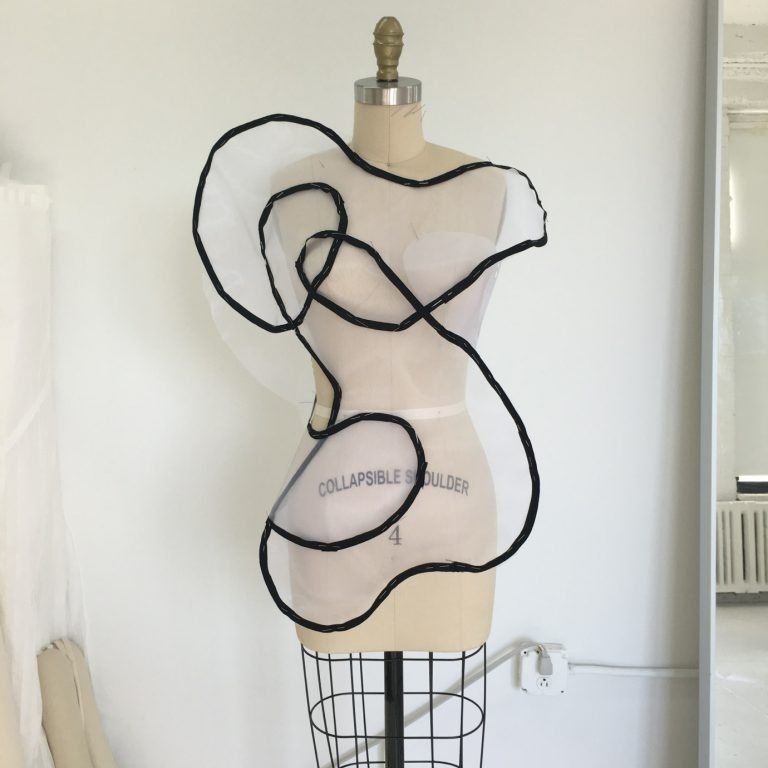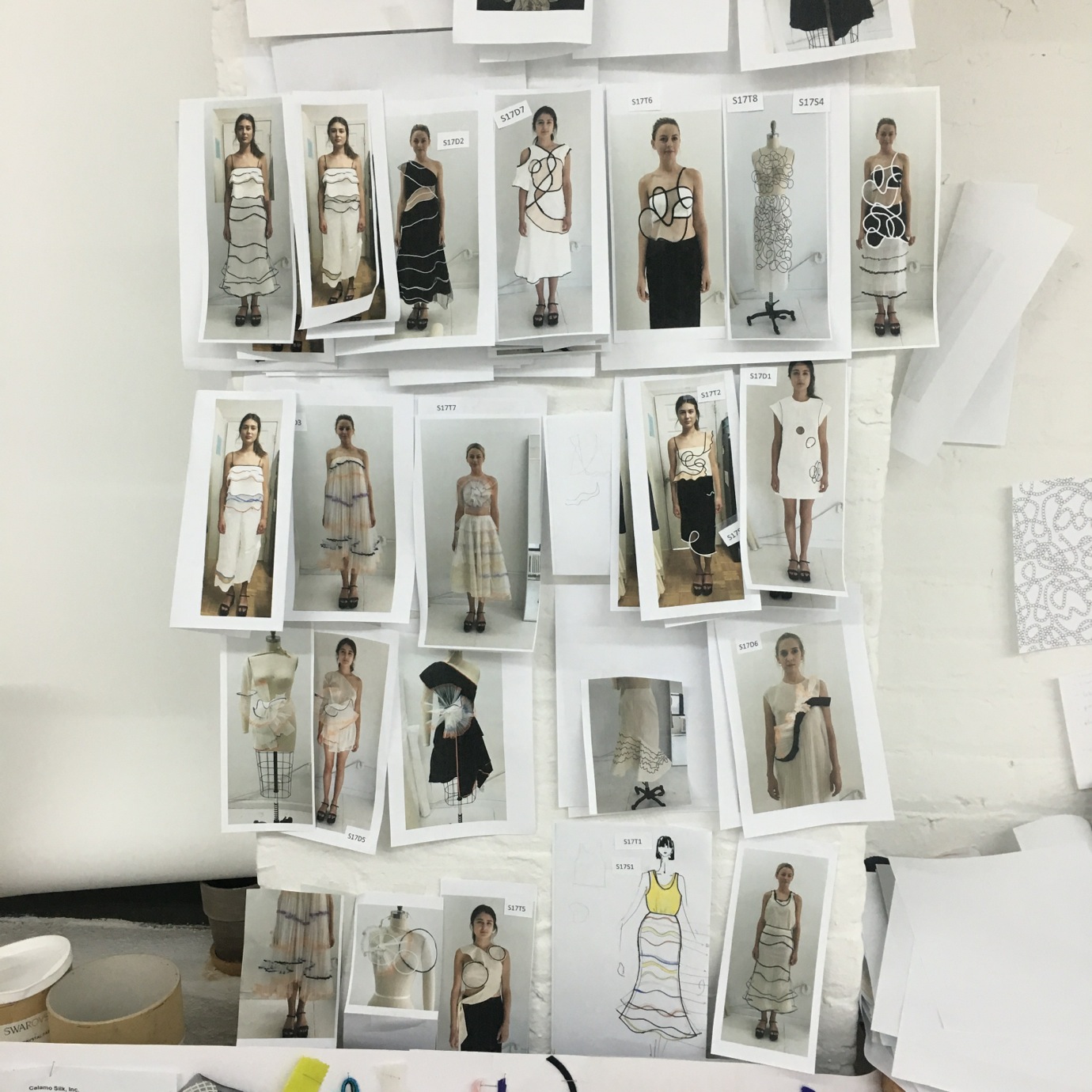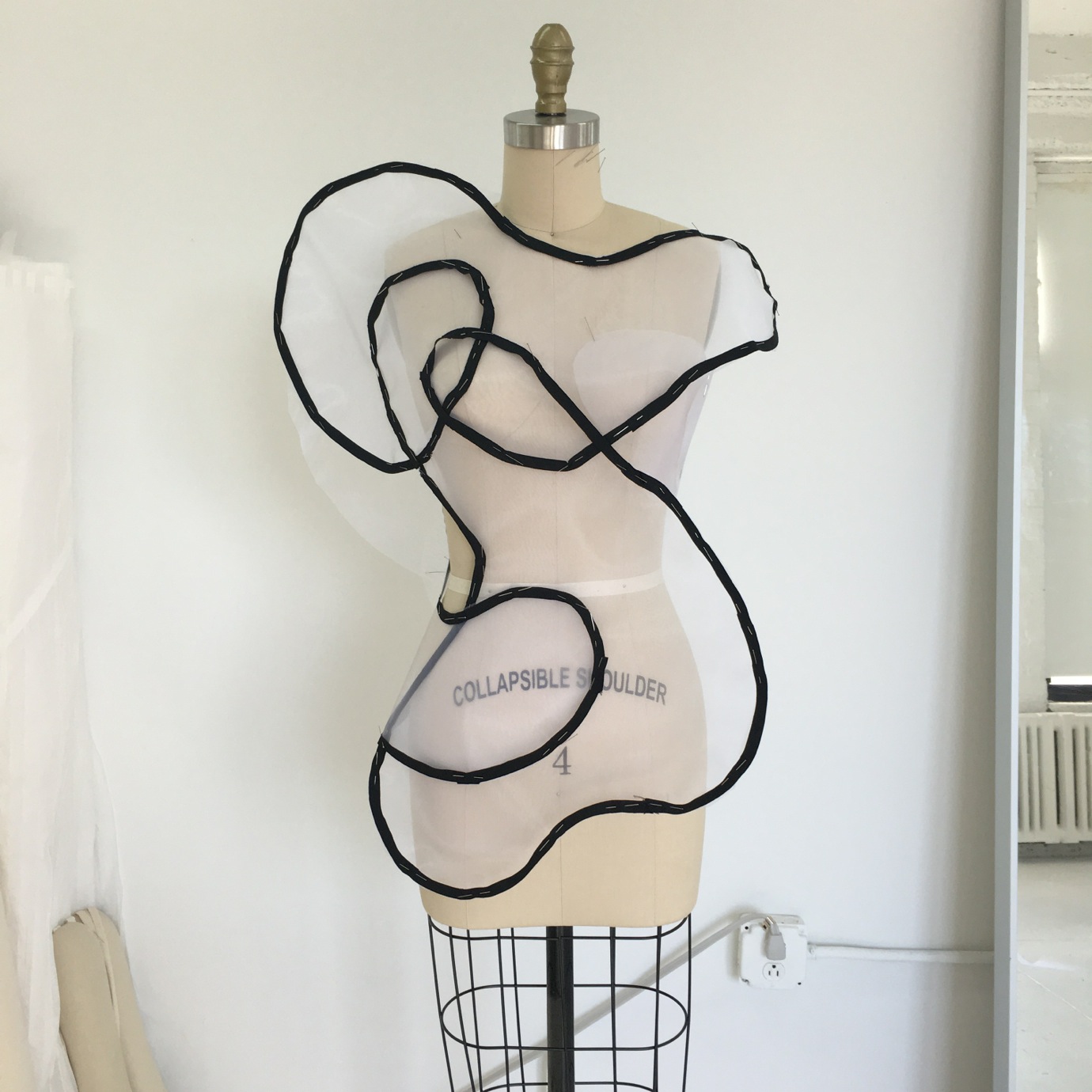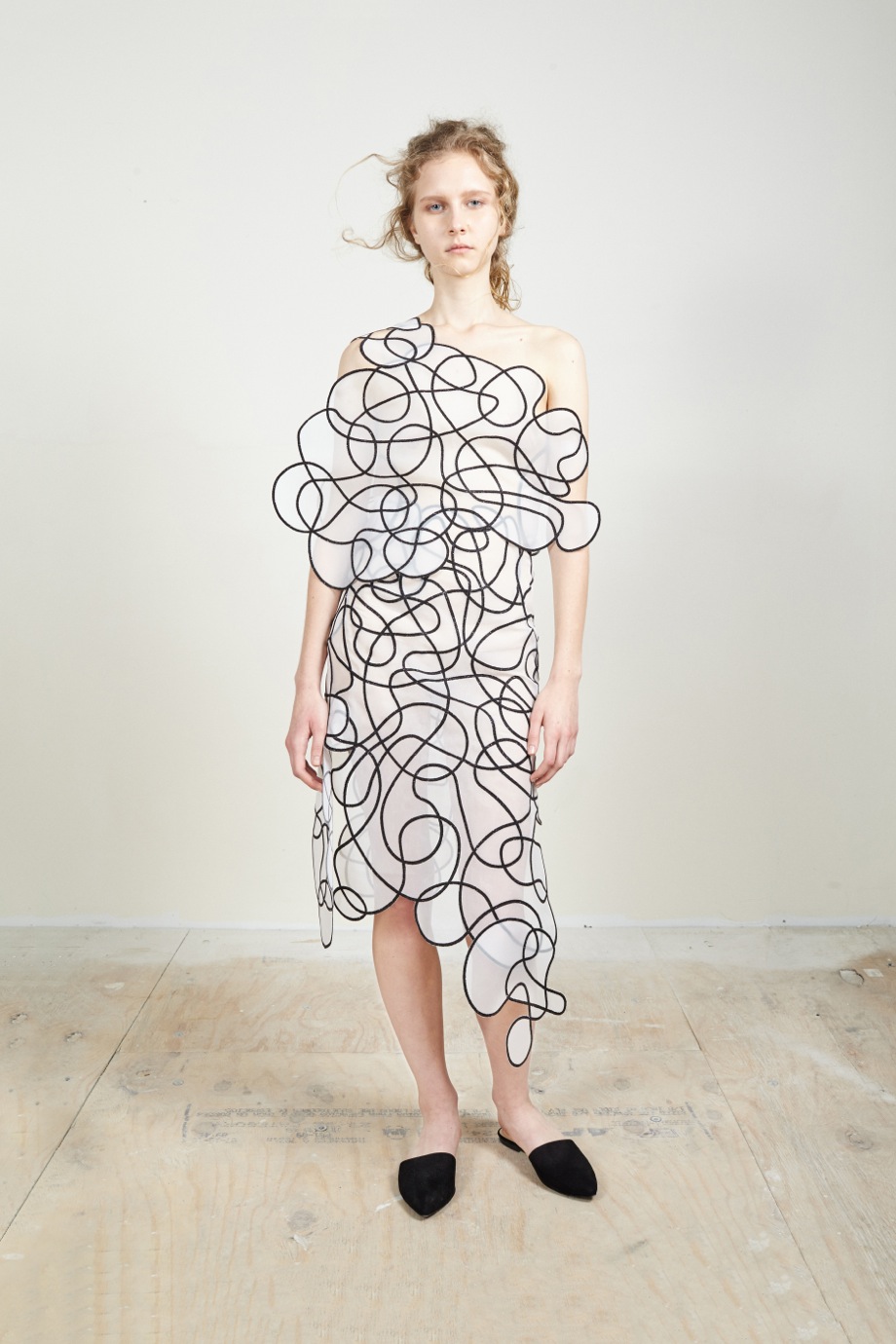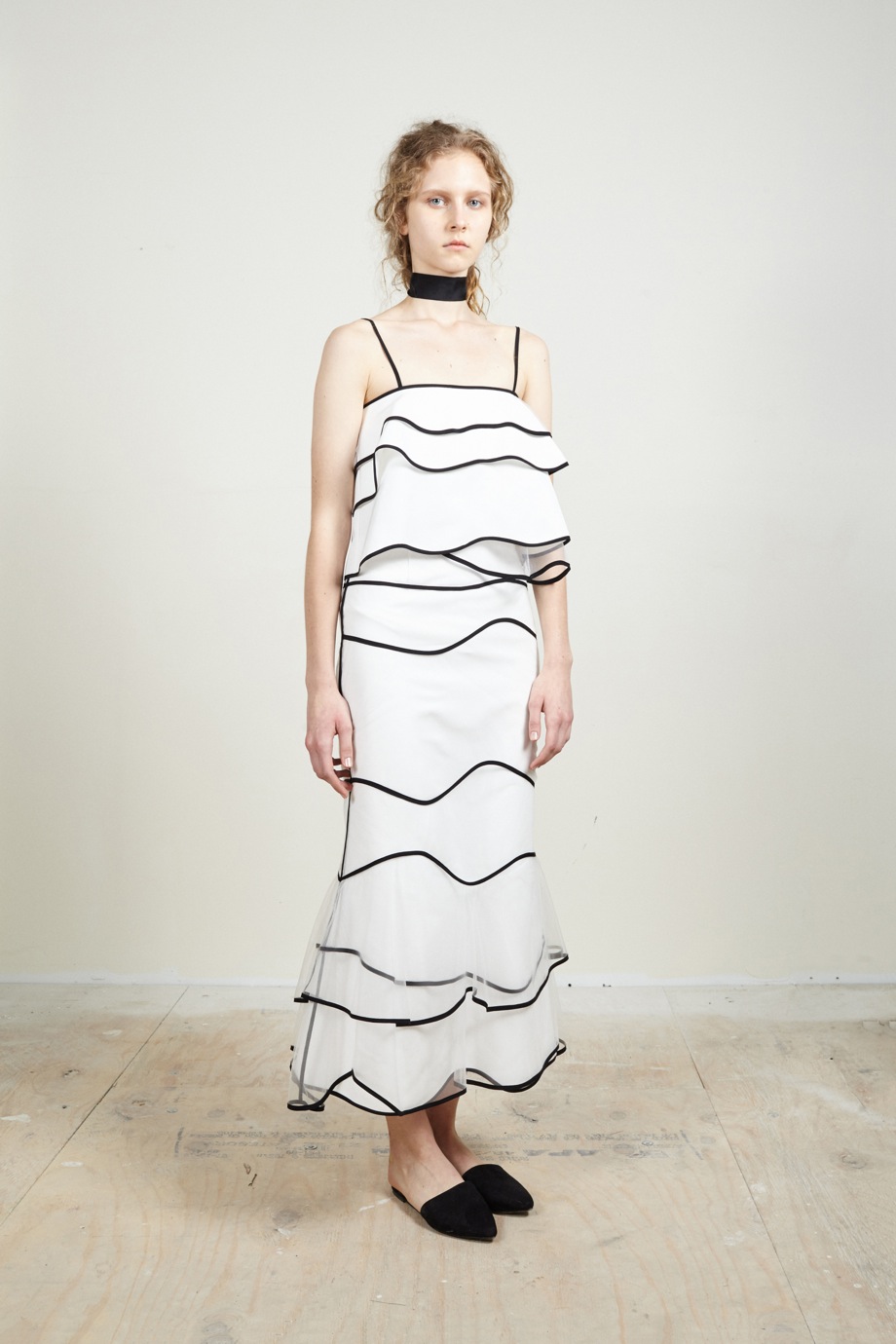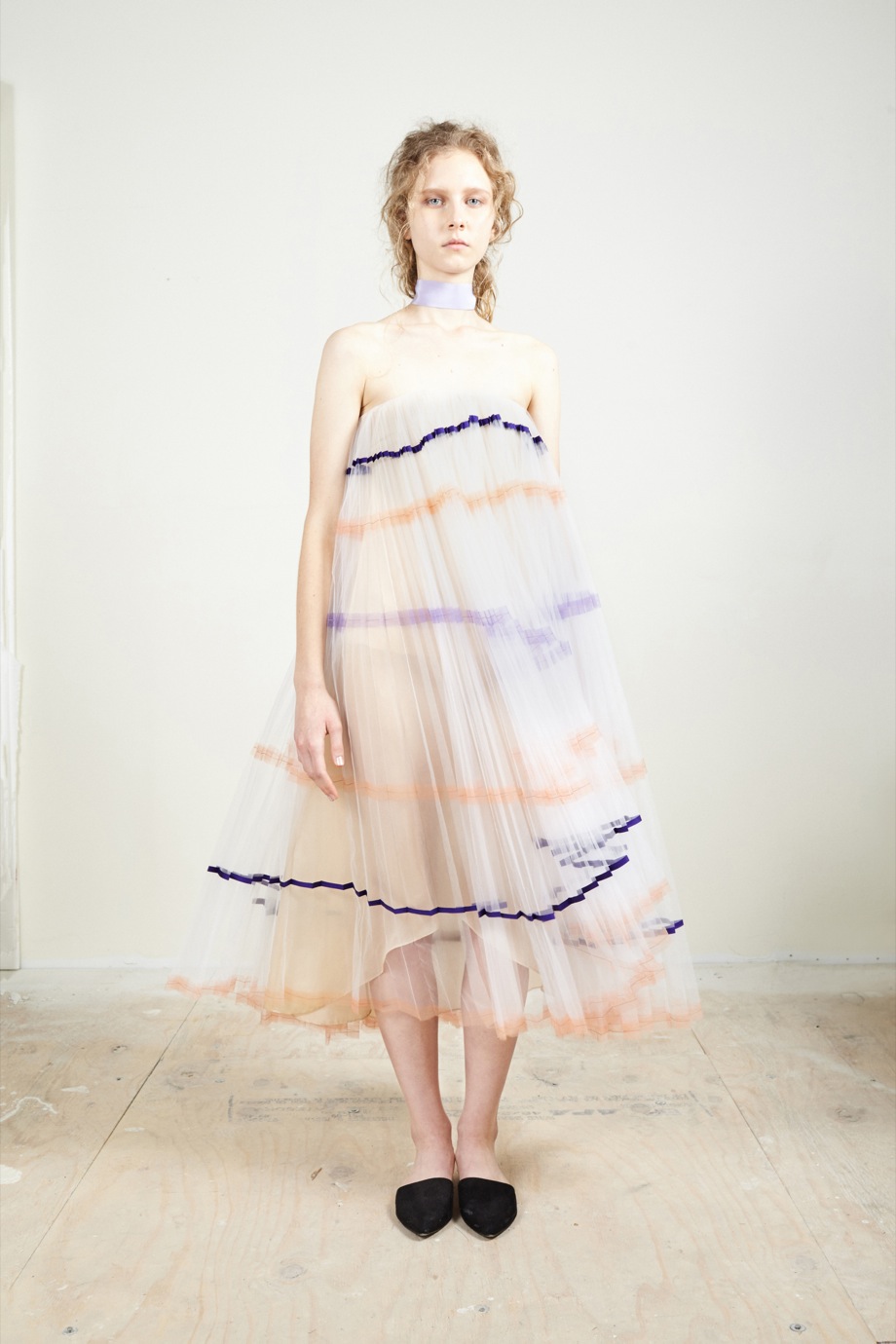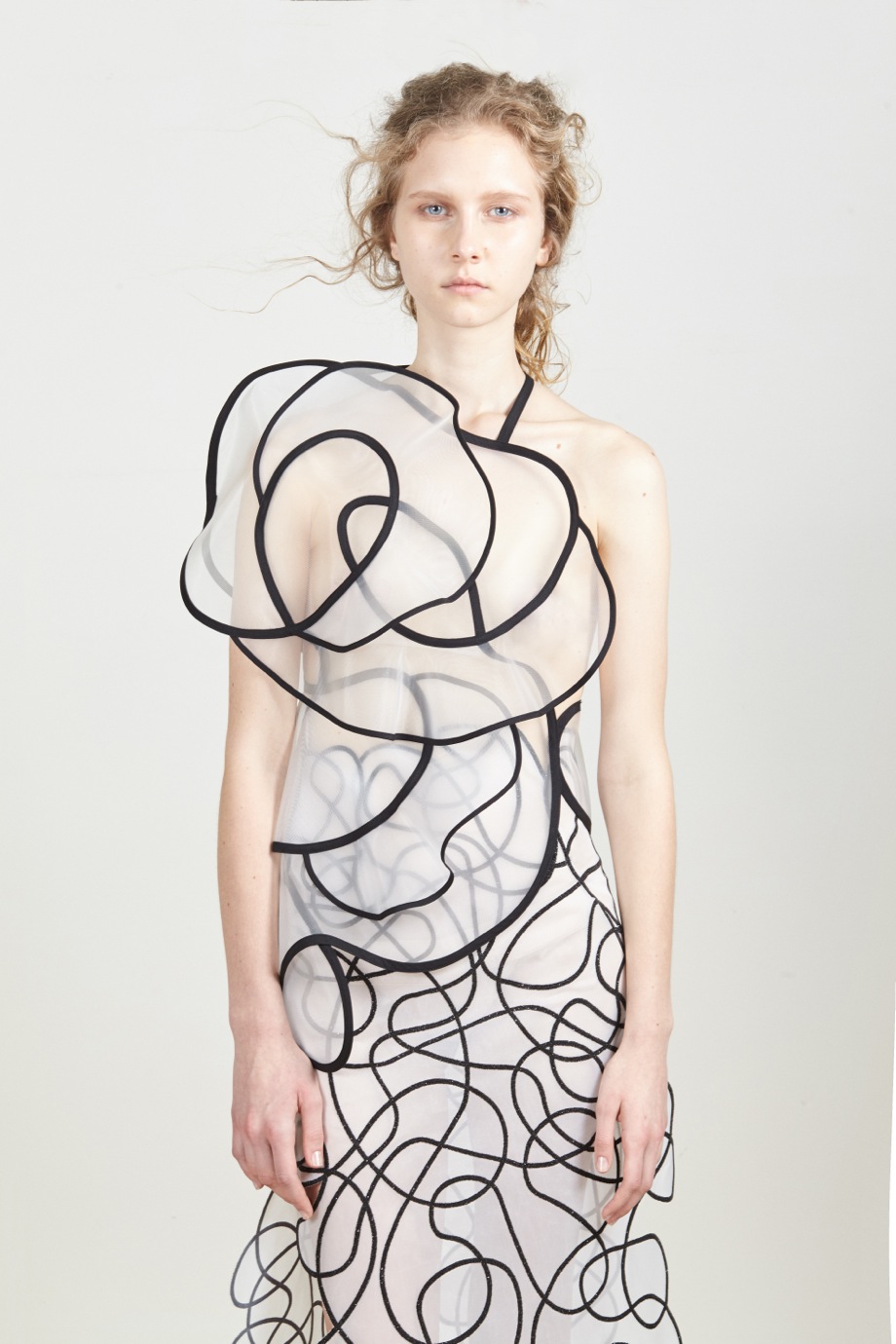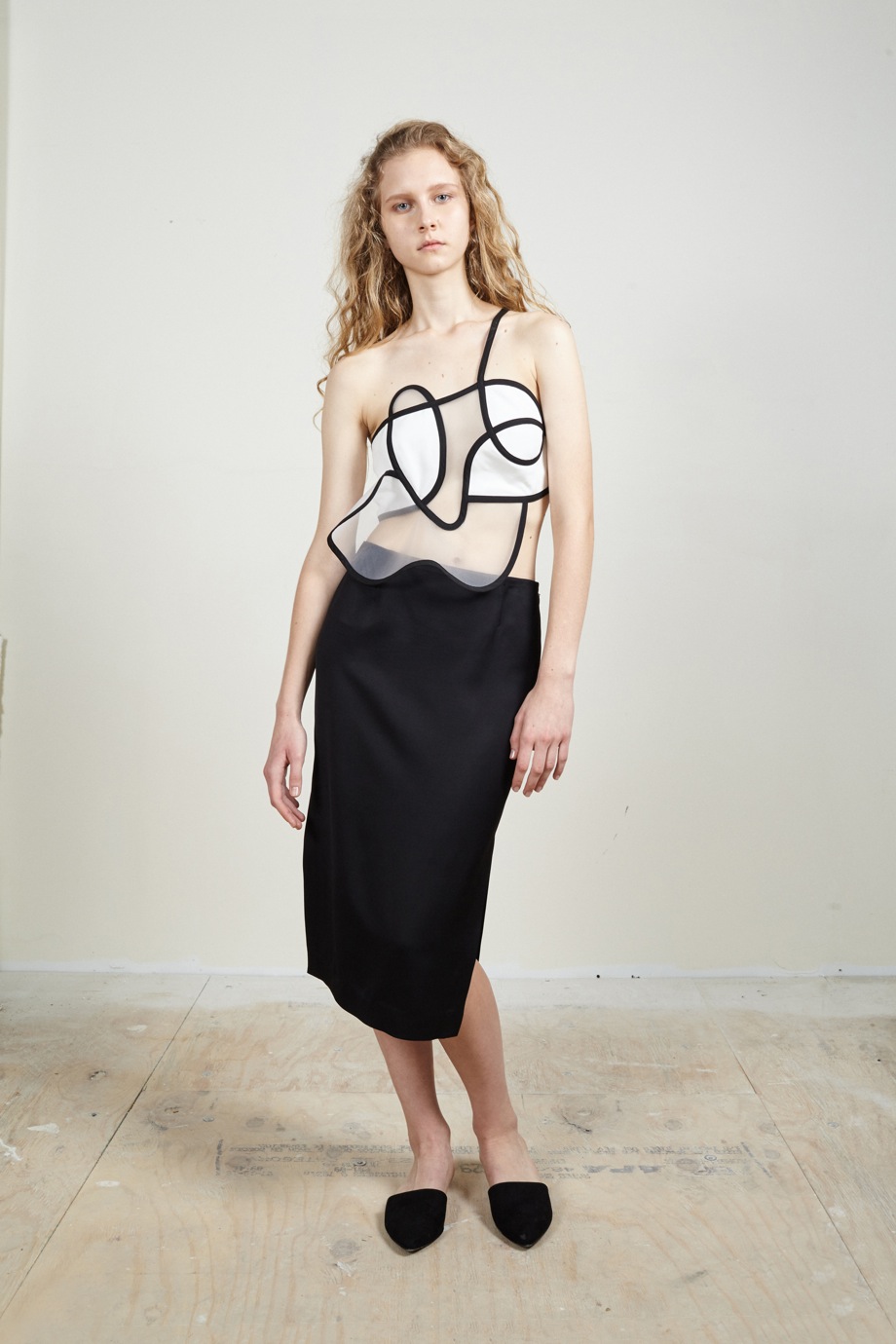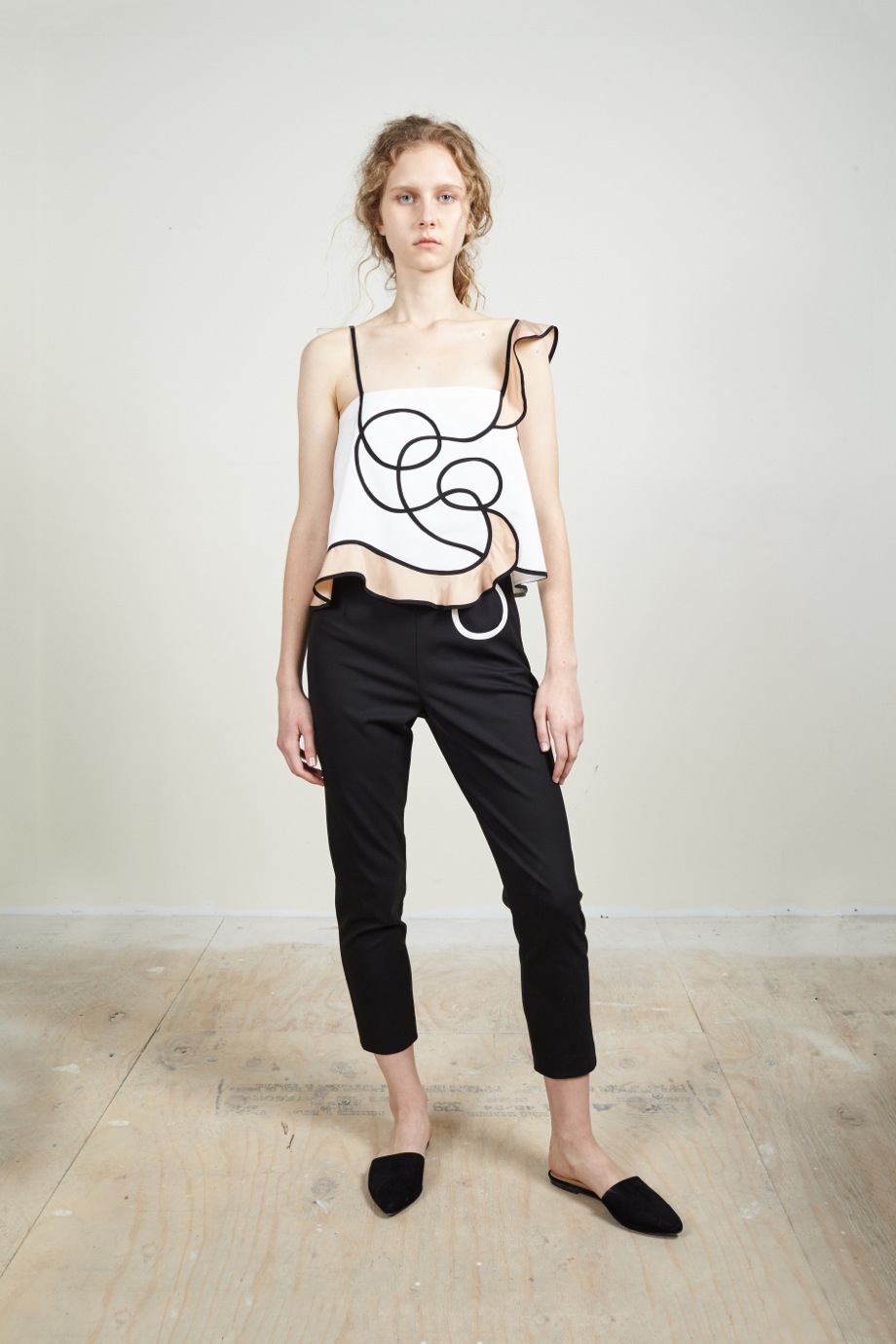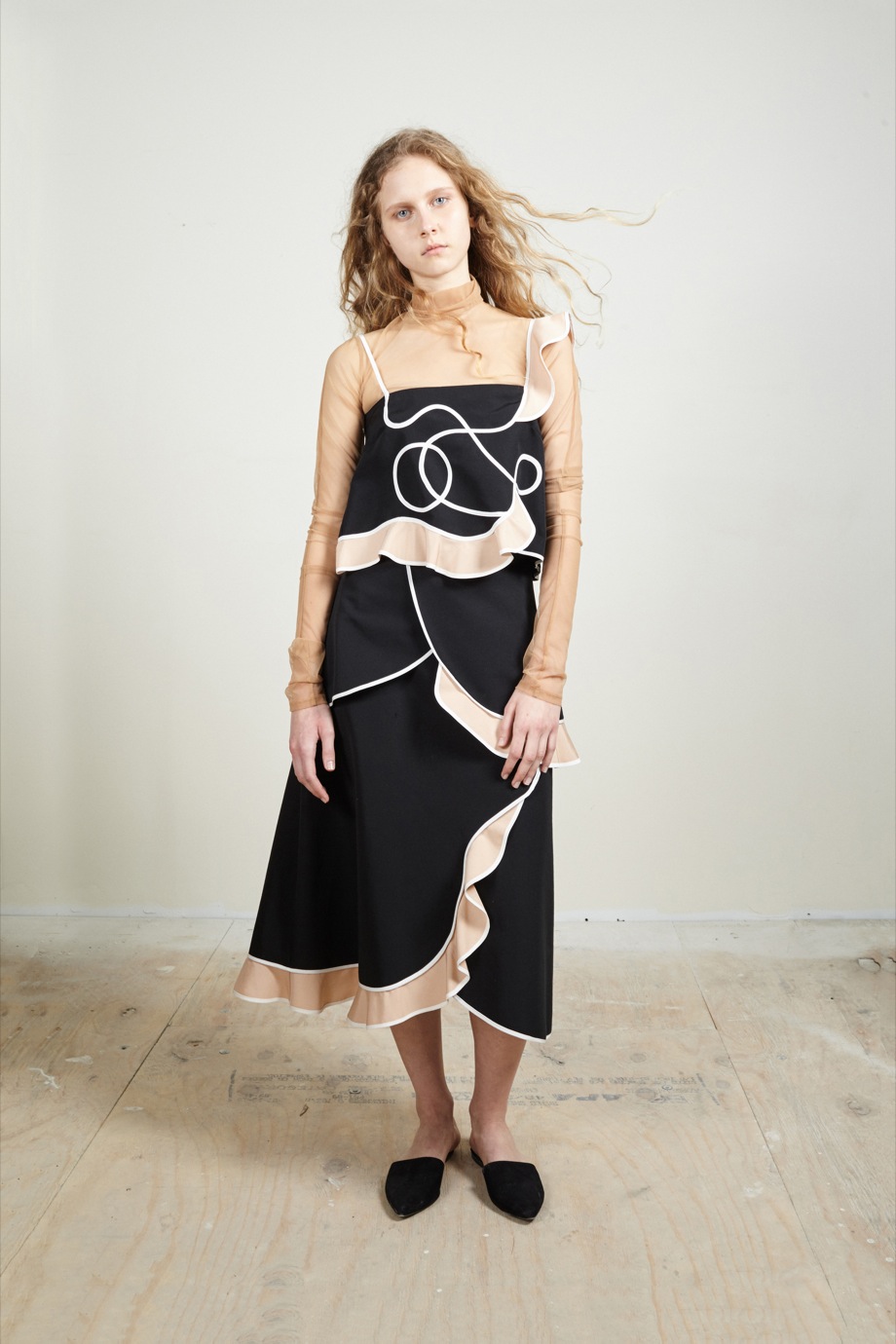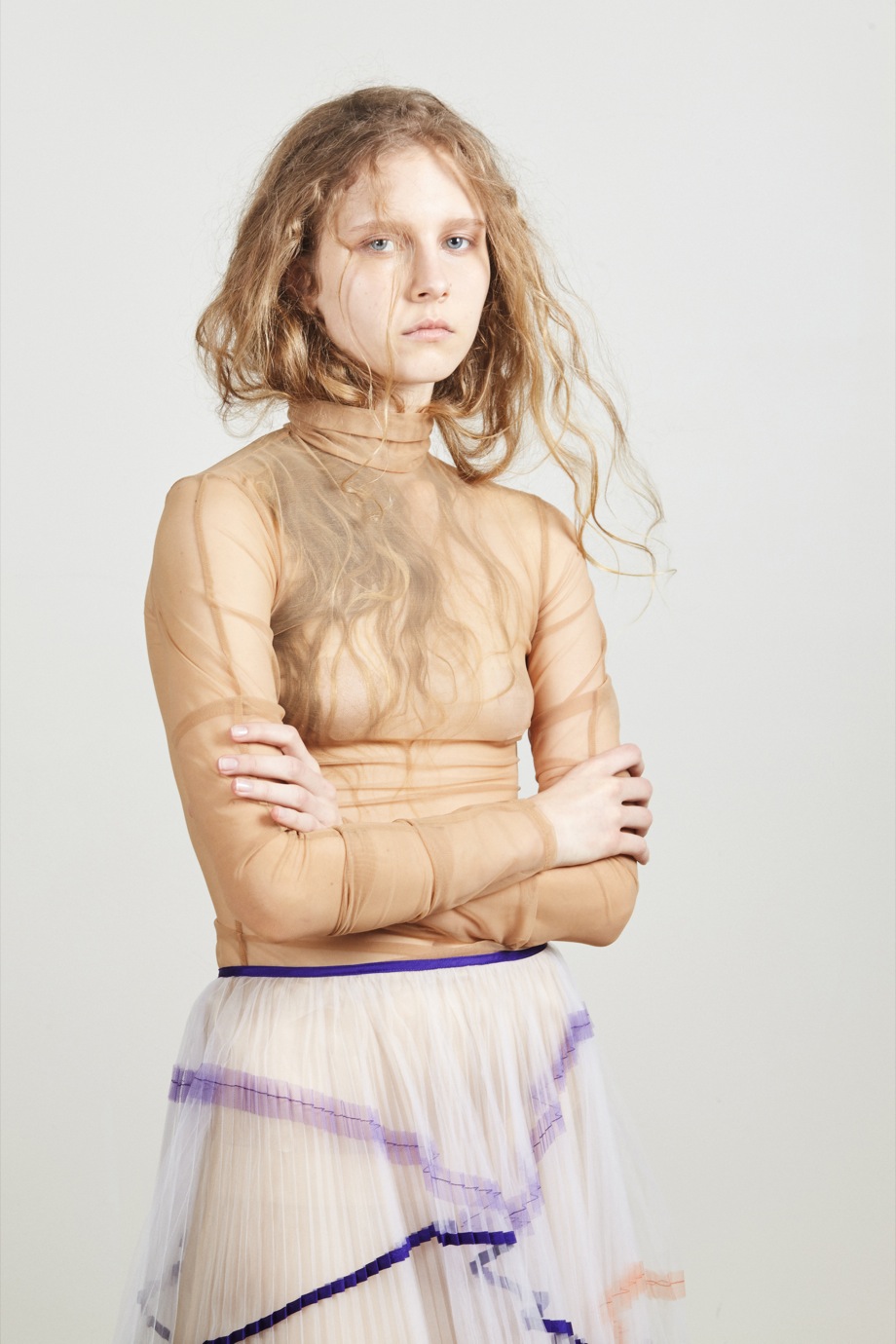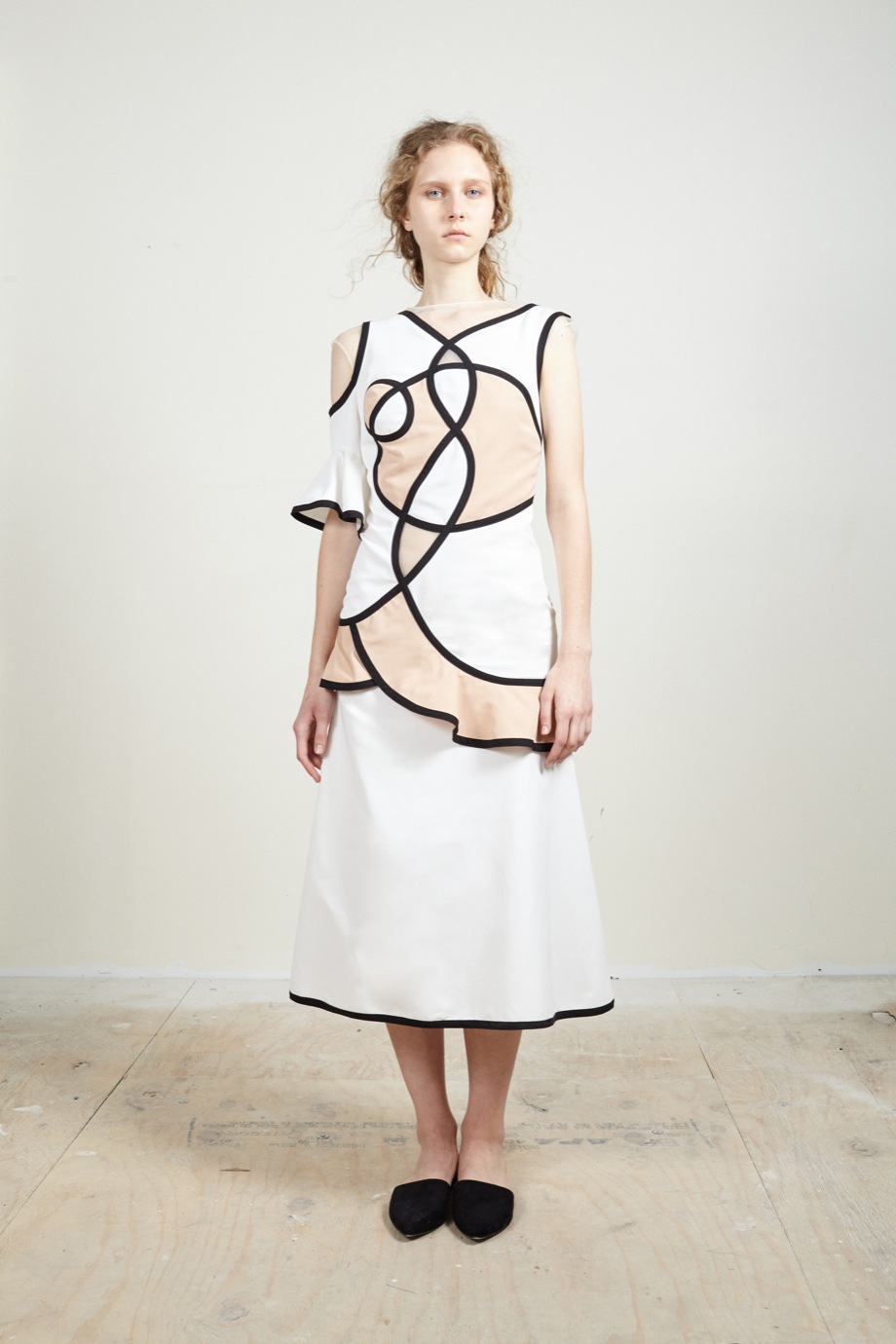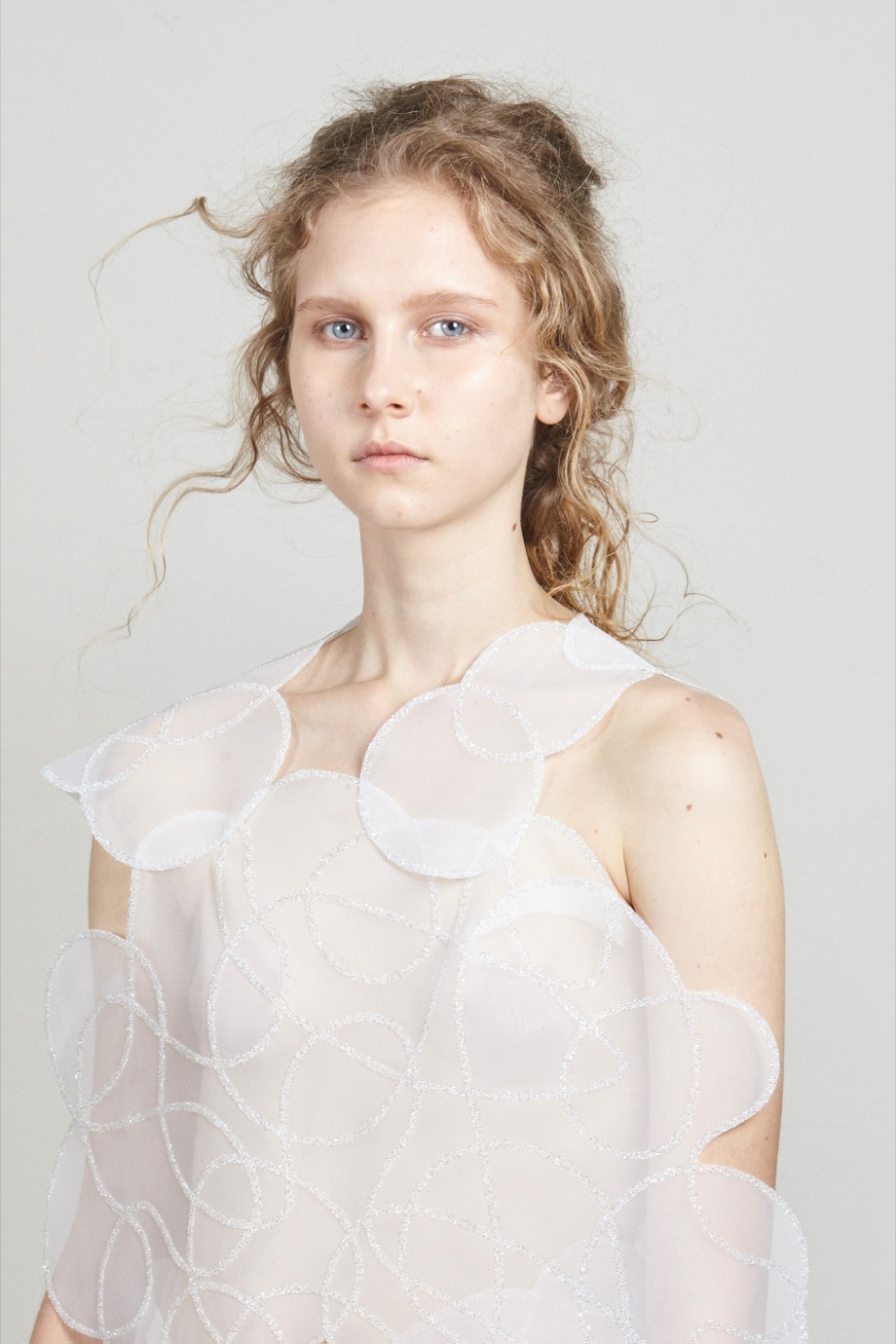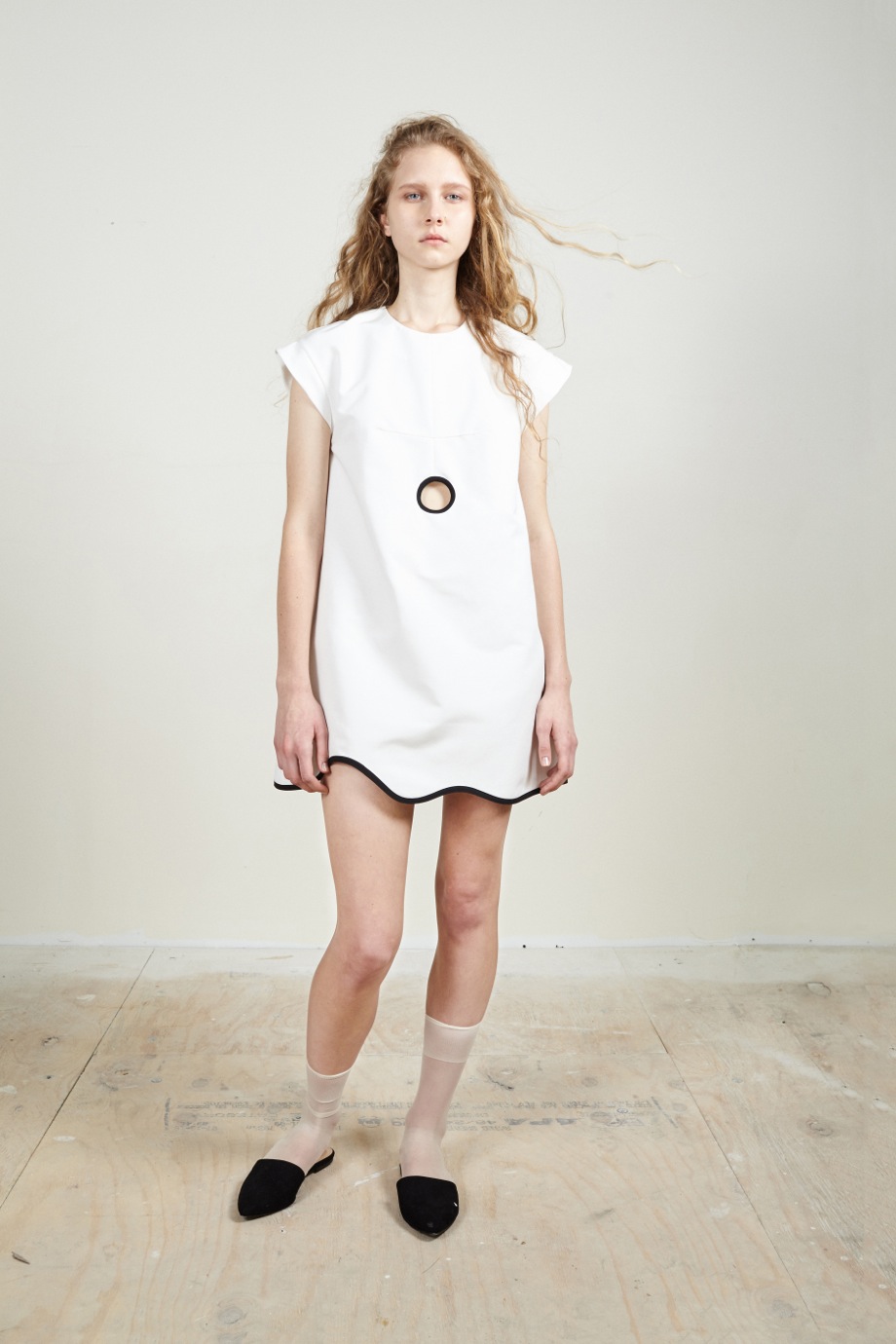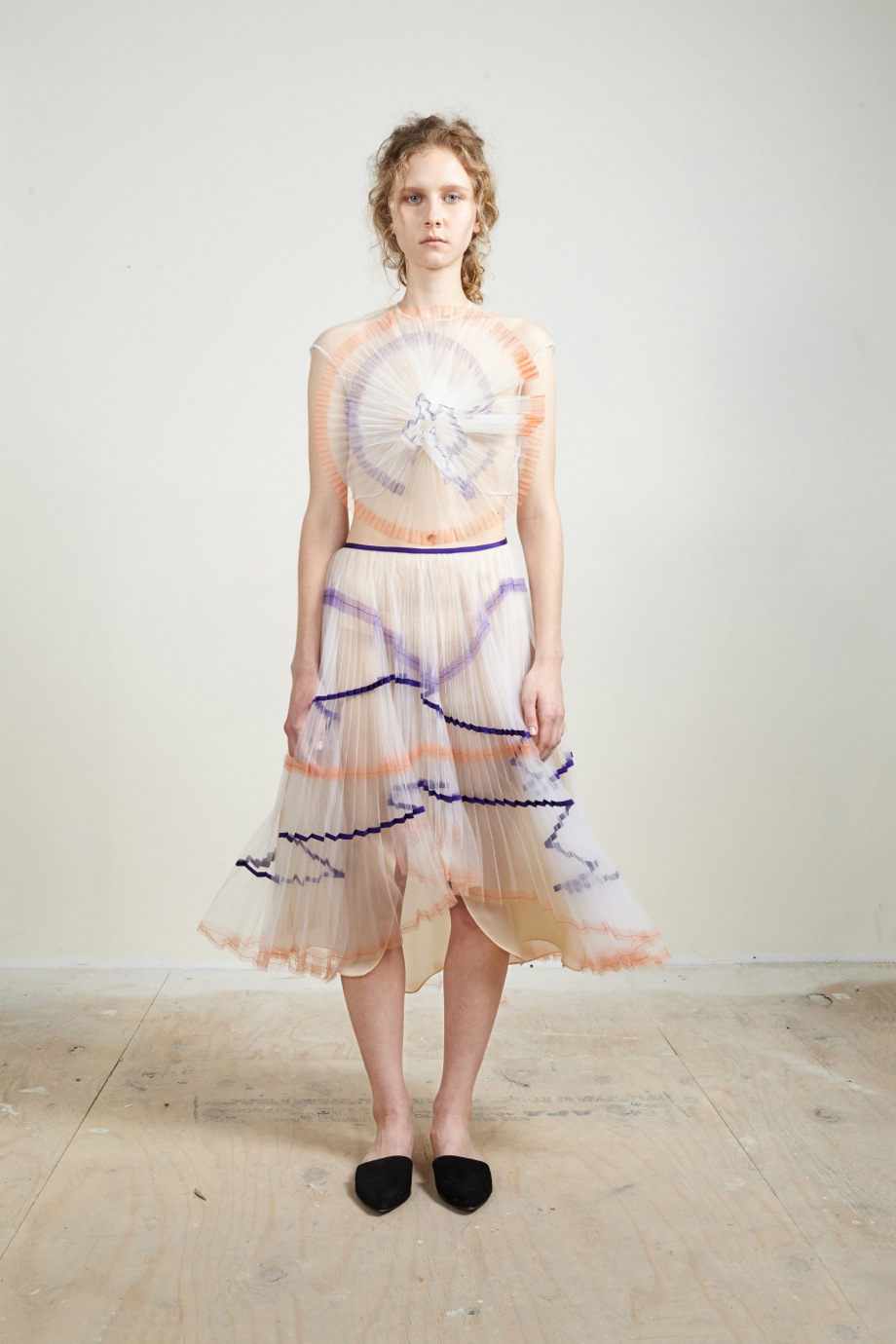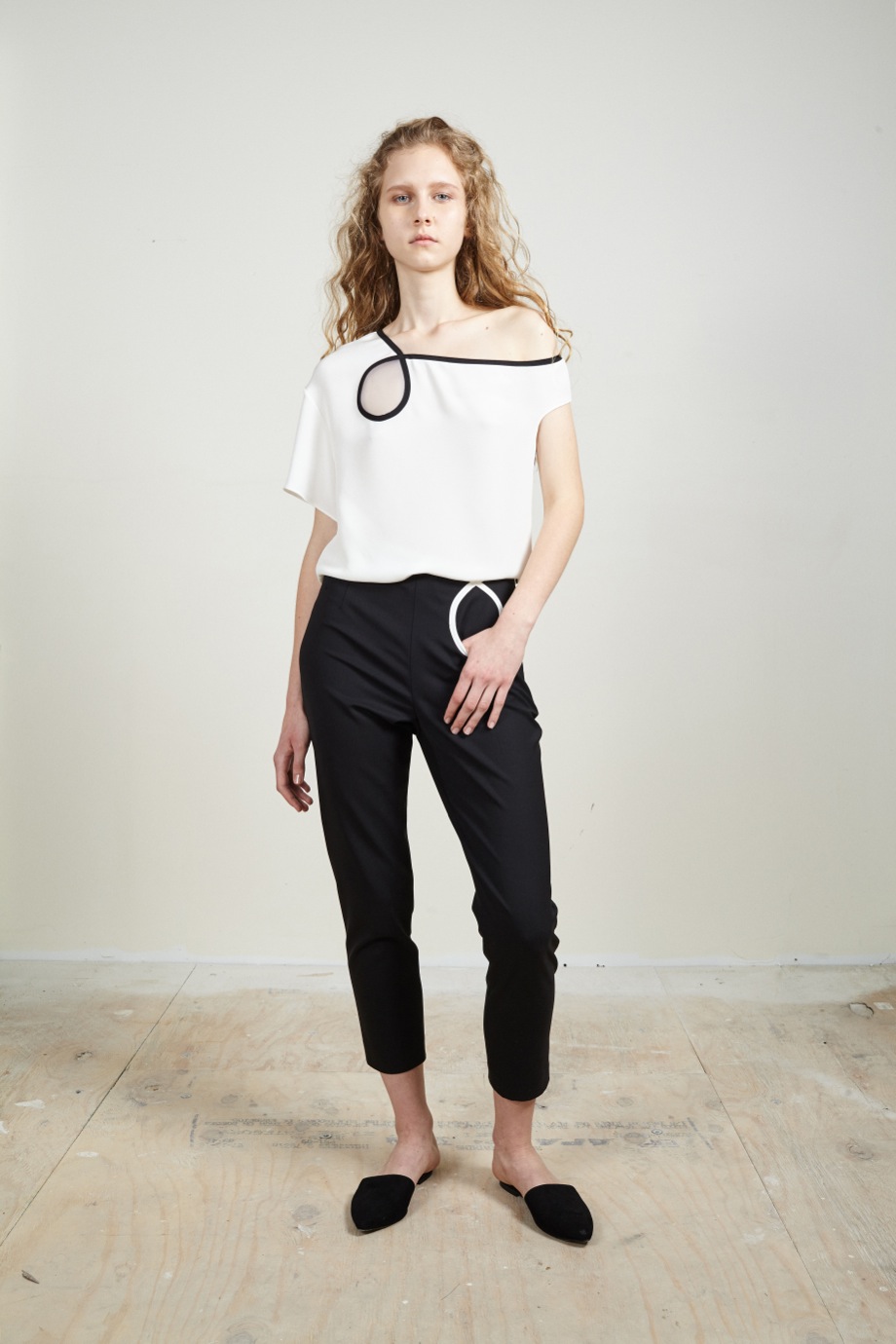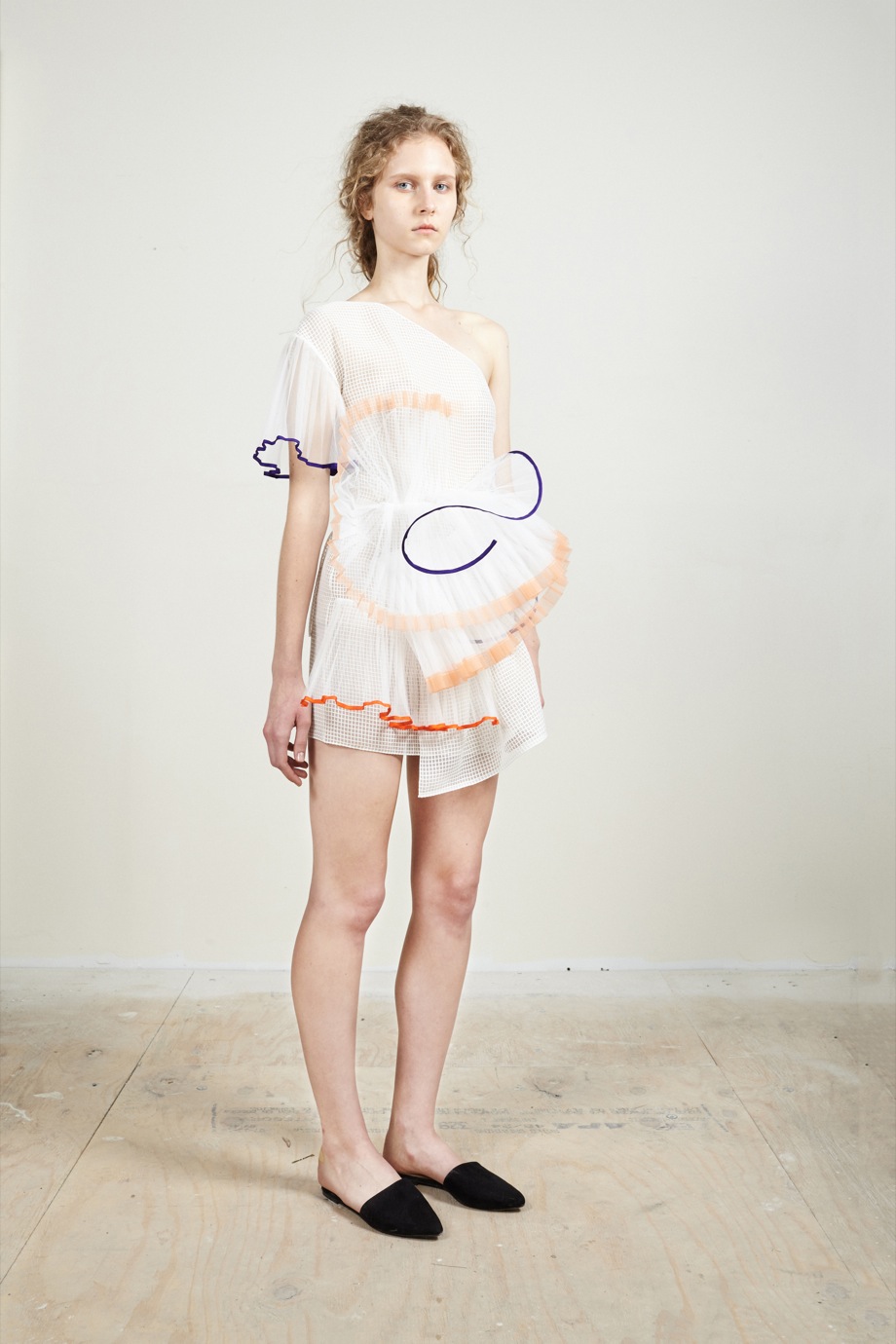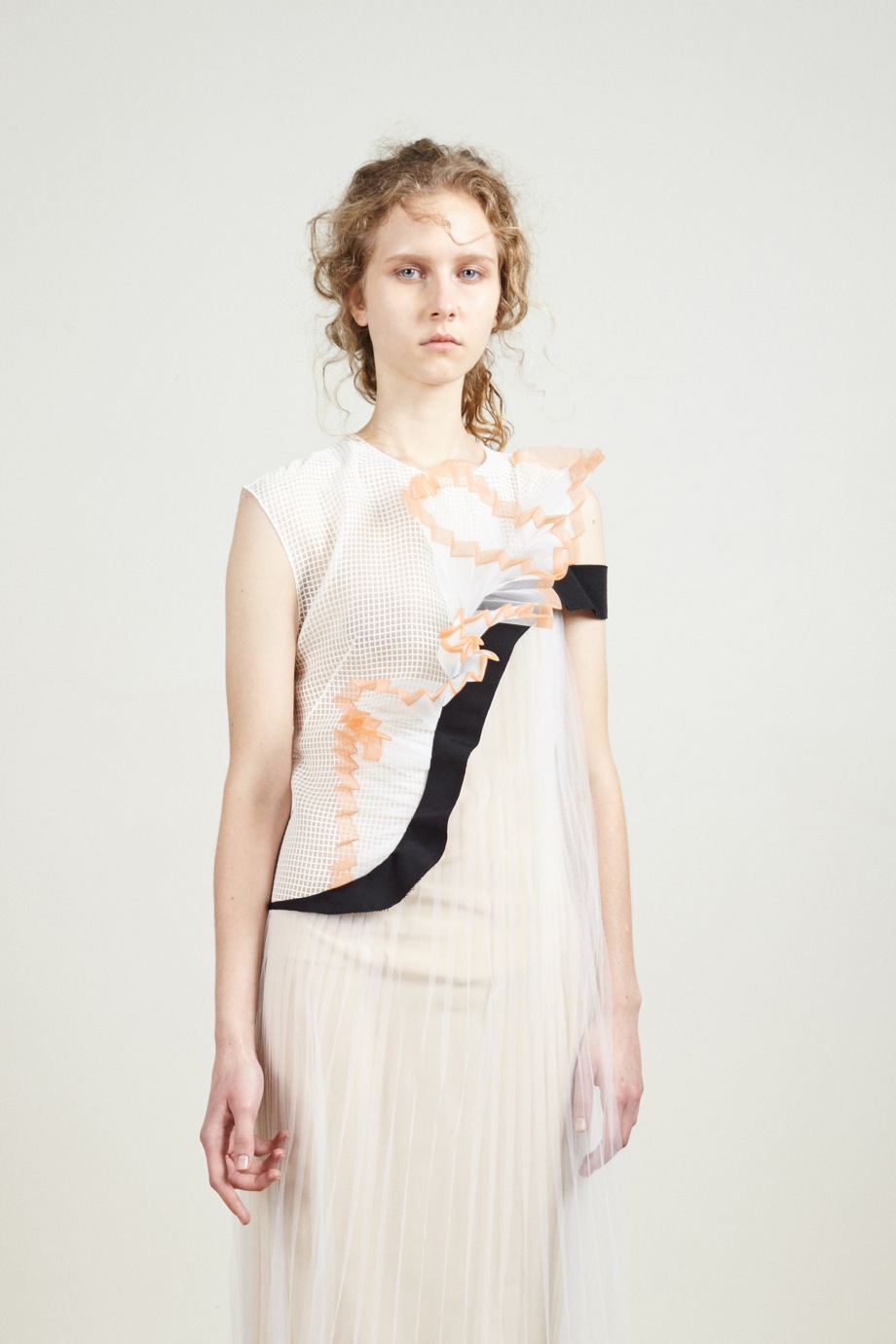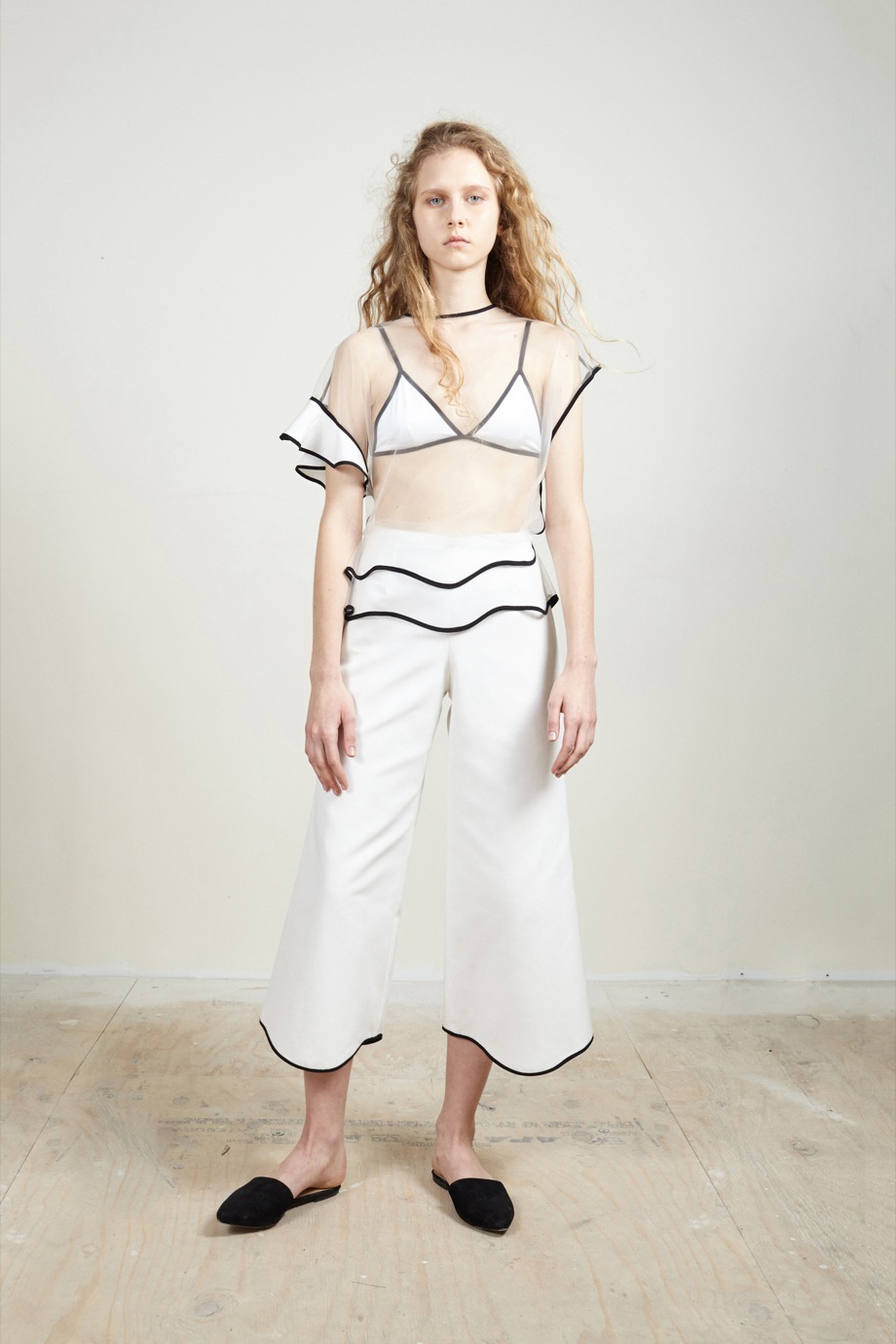Noa Raviv’s designs, which incorporate 3D-printing to create otherworldly beauty, have earned her numerous accolades – including Fashion Designer of The Year Award at the international 3D Printshow and the Fini Leitersdorf Excellence Prize – and have led the designer, only two years out of Tel Aviv’s fashion school Shenkar, to the forefront of her craft, pushing the boundaries of our understanding of fashion and technology, and how old and new techniques can work together to redefine our notions of design. We caught Noa a month after the end of The Met’s Manus x Machina show in New York, in which her work was featured.
With her current focus on the balance between the tensions around us – those of harmony and chaos, of tradition and innovation – it comes as no real surprise that Noa’s own work radiates both beauty and complexity. Her designs are peaceful, light, airy, white, yet they have a boldness, and a power. In Hard Copy Collection, a black thick line outlines the flower-like shapes that burst from each piece, making them harder, more mechanical – and yet – more beautiful. Elements of her intrigue are directly reflective of Noa’s own upbringing in Tel Aviv. “Whoever has had the chance to spend some time in Tel-Aviv understands the uniqueness and complexity of that place. The mix between old and new, beautiful and ugly, intensity and peacefulness is really what makes the city so special, which had an impact on my formation,” she explains, also citing her parents and their relationship as an influence and a reflection of this theme. “They are real opposites complementing each other in so many different ways.”
“This topic of hand work vs machine work represents the zeitgeist and reflects something that is happening everywhere, not just in fashion, and is tied to general questions of high vs low, consumerism and the pace of our lives in a globalised world.”
This concept of contrasts runs deep throughout Raviv’s work and through into the recent Metropolitan Museum of Art fashion show Manus x Machina in which her work was shown alongside industry giants Hussein Chalayan and Iris van Herpen. The exhibition could have been a battleground of processes, but instead elegantly showed how the two worlds are alike in many ways, and moreover how old and new techniques can work together to further their own crafts. Noa adds: “Because of Andrews Bolton’s sensitivity and immense respect for fashion, these ideas and questions came to life in a very poetic and harmonic way.”

